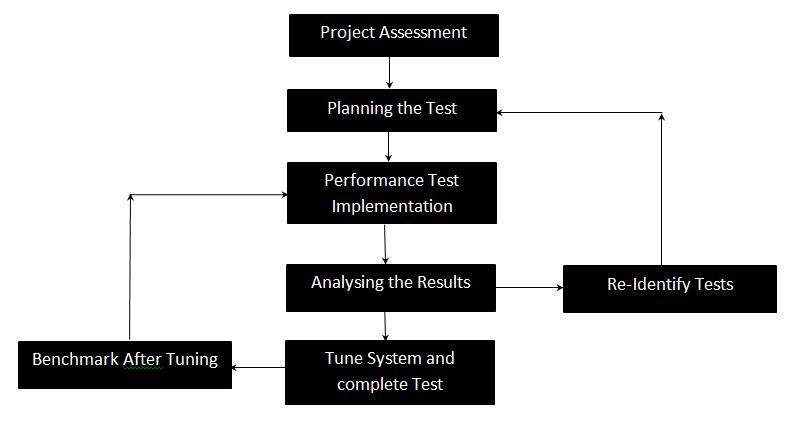
- Software Testing Dictionary
- Home
Performance Testing
What is Performance Testing?
Performance testing, a non-functional testing technique performed to determine the system parameters in terms of responsiveness and stability under various workload. Performance testing measures the quality attributes of the system, such as scalability, reliability and resource usage.
Performance Testing Techniques:
Load testing - It is the simplest form of testing conducted to understand the behaviour of the system under a specific load. Load testing will result in measuring important business critical transactions and load on the database, application server, etc., are also monitored.
Stress testing - It is performed to find the upper limit capacity of the system and also to determine how the system performs if the current load goes well above the expected maximum.
Soak testing - Soak Testing also known as endurance testing, is performed to determine the system parameters under continuous expected load. During soak tests the parameters such as memory utilization is monitored to detect memory leaks or other performance issues. The main aim is to discover the system's performance under sustained use.
Spike testing - Spike testing is performed by increasing the number of users suddenly by a very large amount and measuring the performance of the system. The main aim is to determine whether the system will be able to sustain the workload.
Performance Testing Process:

Attributes of Performance Testing:
Speed
Scalability
Stability
reliability
Performance Testing Tools
Jmeter - http://jmeter.apache.org/
Open STA - http://opensta.org/
Load Runner - http://www.hp.com/
Web Load - http://www.radview.com/